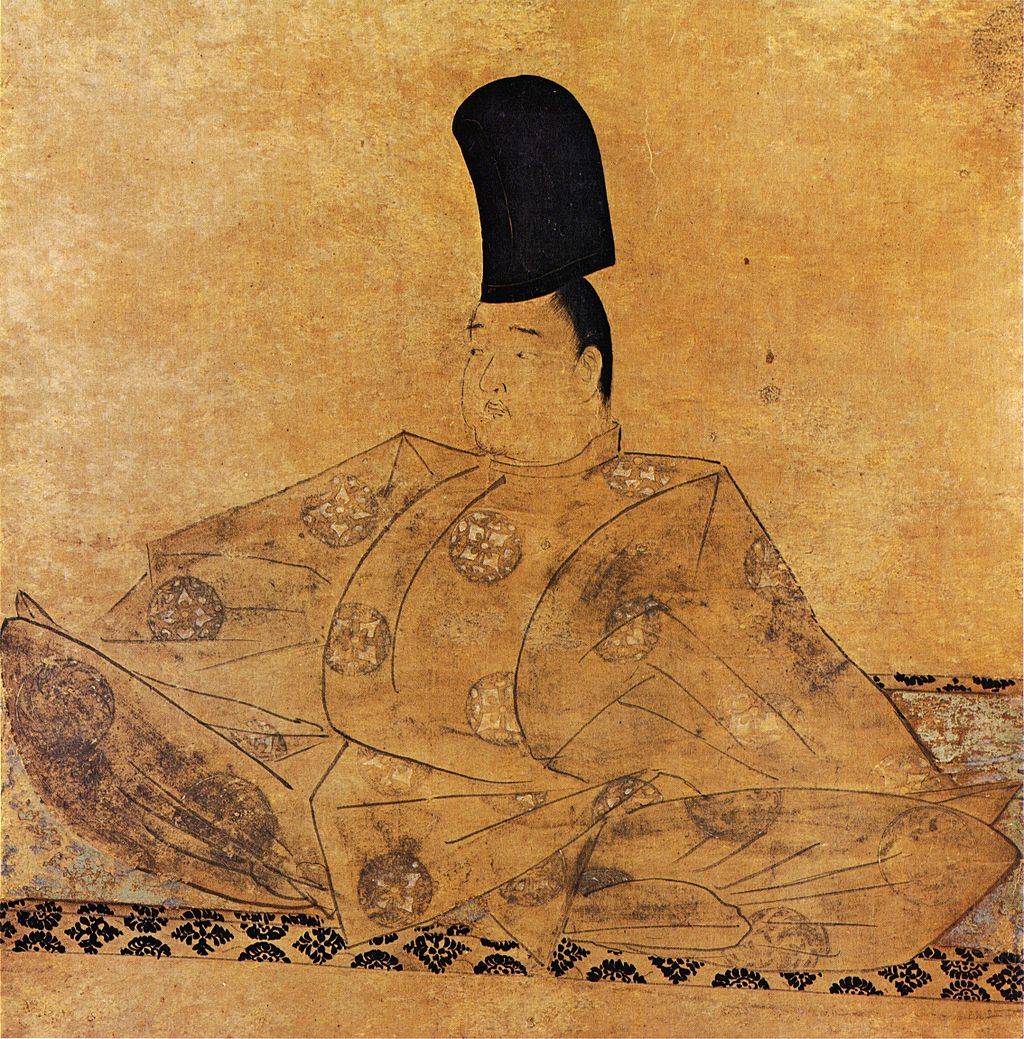Japan is not a changeful society. A bird’s eye view of its history shows hundreds, sometimes thousands of years of continuity. Change, when it comes, is abrupt, violent, jolting. Two revolutions in particular make the point. The more recent and familiar is the Meiji Restoration of 1868. So transformative was its impact that the industrial capitalist state already in evidence within a decade would have stunned a visiting ghost who’d died, let’s say, in the waning days of the Edo Period (1603-1868), when the nation was closer in spirit to its feudal, bucolic, ancient, tradition-bound past than to its dynamic, scarcely imaginable future.
The second revolution takes us very far back in time. Four centuries of peace and its gentle progeny — poetry, song, literature, wine, love, flowers, beauty, ease — expired. The warrior’s time had come. He boasted other virtues, sought other fulfillment. One soldier’s battlefield cry, recorded in the 13th-century epic “Tale of the Heike,” would have perplexed, indeed appalled, the soft, cultured, pampered courtiers of the 11th-century novel “Tale of Genji”: “What death could be better than to fall outnumbered by valiant enemies? Forward then!”
To Genji and his friends, highest exemplars of everything the Heian Period (794-1185) held dear, warriors were scarcely human. Existing on the fringe of society, figures of amused, bemused contempt, deployed occasionally as needed in defense of this or that court faction, they were otherwise scarcely acknowledged.

















With your current subscription plan you can comment on stories. However, before writing your first comment, please create a display name in the Profile section of your subscriber account page.